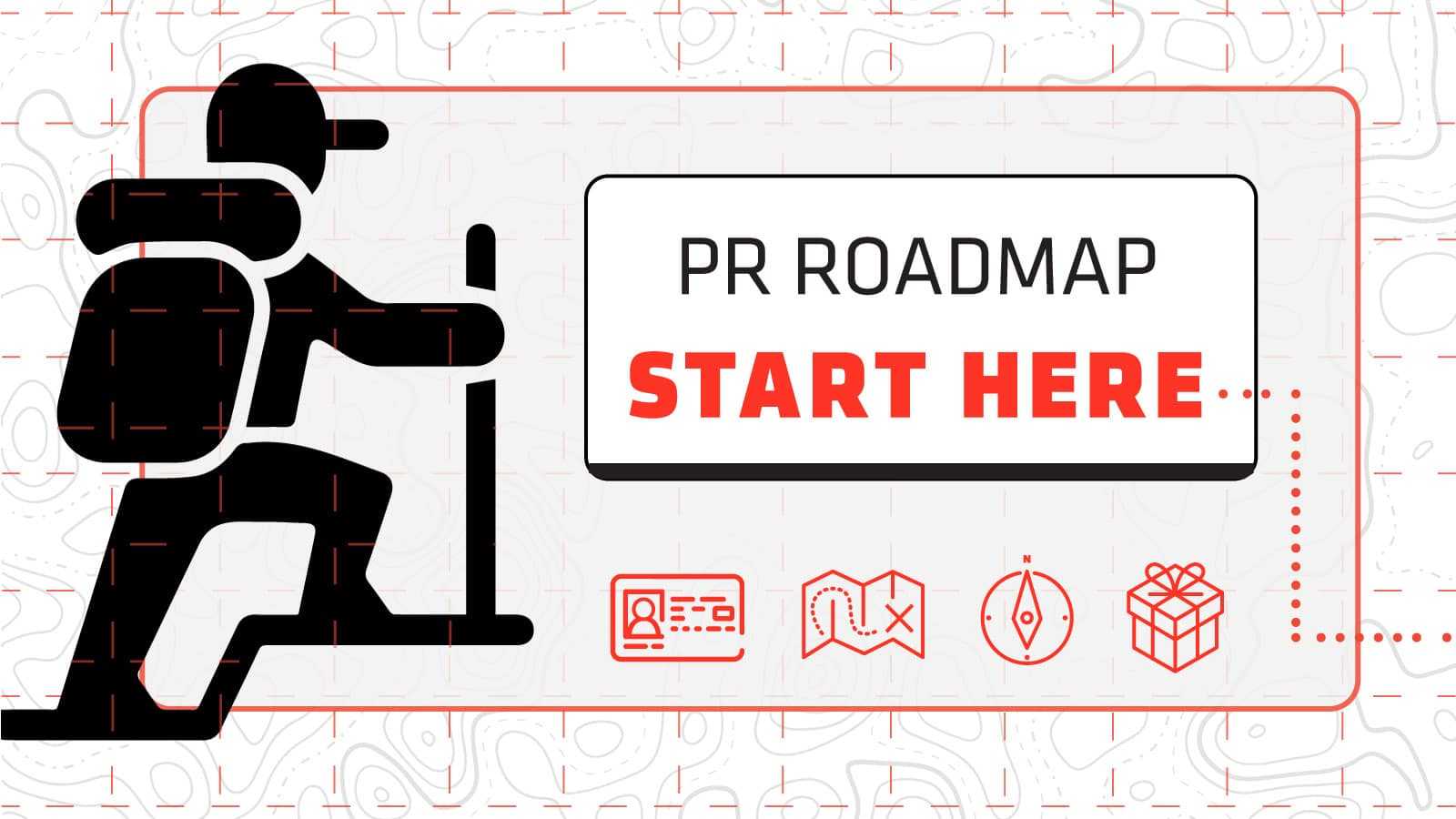


Building relationships and trust is at the heart of PR. It isn’t about “spinning” a message. This rings hollow and erodes trust. Instead, it’s about communicating the values of a company and showing how they are lived out in real, tangible actions. This is how to build a reputation — by committing to “walk the talk” in all facets of your operations.
Great PR doesn't begin with a great strategy or plan. It starts with the decisions an organization makes about who they are. It starts with a company's identity, mission, values, and contribution to their industry and society. Then it's about building a plan that communicates them.
On the other end of your communication are real people who have a host of personal and professional experiences. They have brand preferences and perceptions, beliefs, values, pressures, and more. This is true of all your stakeholders — employees, partners, suppliers, distributors, and yes, customers, too. All of these factors influence the way they receive and respond to communication. The most effective plans meet your audience where they are.
PR programs don’t often suffer from lack of innovative thinking or creative tactics. Rather, they suffer from something deep in the substructure of their program. Specifically, they’re not clear on what it is they’re trying to accomplish. Rather than a coherent plan, these programs have discrete communication activities. This leads to confusion on the basic approach, specific activities, and success metrics.
Frame your message in a way that is:
Credible: Rooted in the organization's identity. A believable position that clearly aligns to its actions in the marketplace and community.
Meaningful: Something that is relevant to both your audience(s) and your brand.
Differentiated: A message your organization can own. Something that is uniquely yours and sets you apart.
There are many ways to reach your audiences:
Paid: Native/sponsored content provides more control over the message. Just make sure it's high-value content, or it will undermine your efforts.
Earned: Few channels offer the same level of third-party credibility, which is important to earning trust.
Shared: Take advantage of two-way channels where you can directly engage your audience.
Owned: With external channels, you’re giving up a measure of control. Not here. You get complete authority to tell your story as you see fit.
Consider how these might impact your approach:
Crisis communications: Make sure you have a plan for when things go wrong.
Thought leadership: Consider what issues are critical to play a leading role in. If you can claim a meaningful position, make sure they're included.
Mainstream media: If you're a B2B company, you might overlook mainstream media. But the general public can be an important audience, too.
Social issues: Customers don't just buy a product, they buy a brand. And today, they expect those brands to speak out on social issues that impact them.
Training needs: Not everyone in your company knows what to do when talking to the media. Make sure they're ready to help activate your plan.
Remember that you're building relationships and establishing trust. You can't measure this the way you measure other things that your company does. Think of it like an iceberg — some measurements are right at the surface. They are obvious while others will be deeper and harder to see.
Outputs: Short-term, immediate results of your work (placements, etc.).
Outgrowths/initial reception: Did it reach your audience and did they understand it? Was there an initial response?
Outcomes: Change over time of audience perceptions, attitudes, and corresponding behavioral change.
If you are struggling to create your own PR plan, contact us. And for more advice on B2B marketing, check out our guide.